Mobile Stander
A mobile prone stander for children with ambulatory disabilities, the Mobile Stander provides partial weight-bearing support while enabling mobility in an upright position.
The research is in. The results are indisputable. The health benefits of standing – in both prone and supine positions – are manifold. As a result, Rifton decided to create a truly multi-position stander that can switch easily between prone and supine to give you the greatest flexibility and the most options for your clients to meet the world in an upright position, participating at eye level alongside peers.
Standers allow for physiological development and greater social interaction. Rifton’s standers provide support and stability while encouraging weight-bearing and use of both hands and arms. Fully adjustable with a critical, new hip abduction feature, the new Rifton stander grows with clients as their skills develop.
Download the Stander brochure.

Use the slides below to learn more about the features of the New Stander, such as how to adjust the standing angle and height to achieve a better level of postural control for your client.

Use the slides below to learn more about the components of the New Stander.

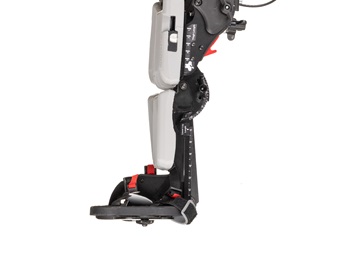
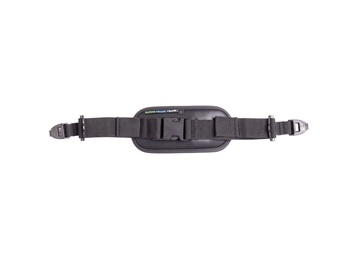
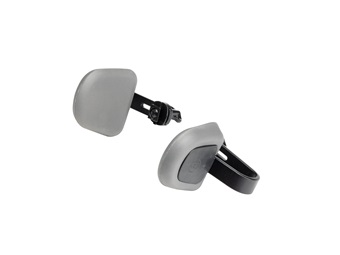
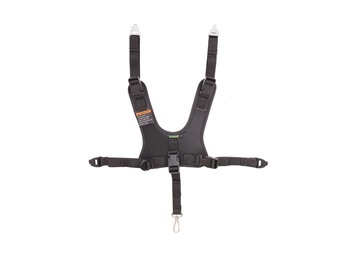
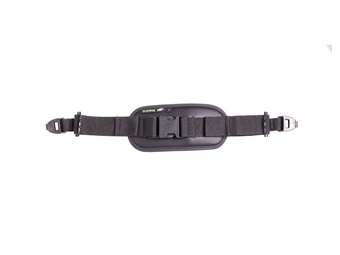
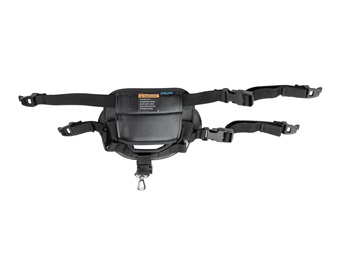
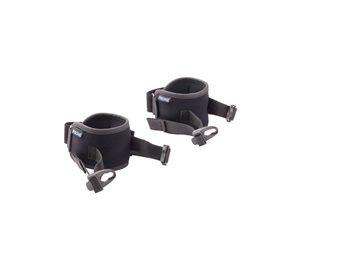
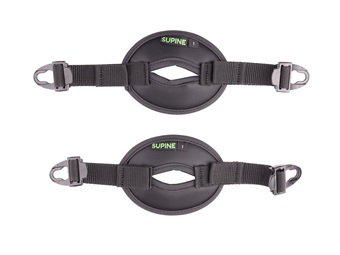
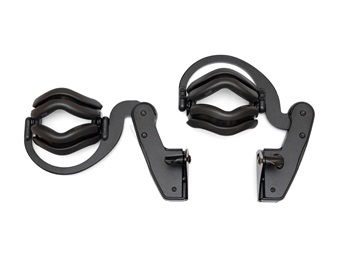
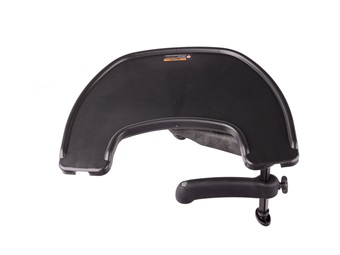
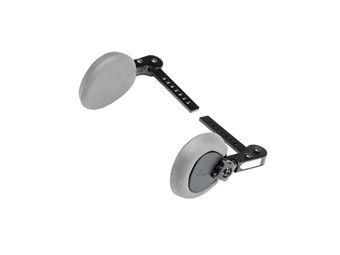
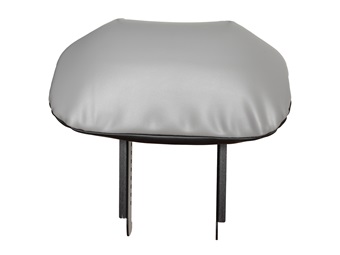
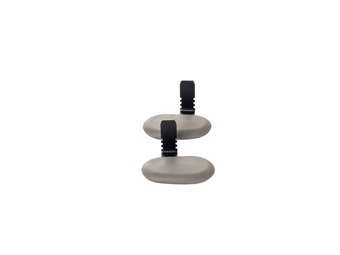


Use this dimensions chart to help you make the right choice for your client.
Important: Make sure that the user’s weight does not exceed the maximum working load.

Select the appropriate Stander by the user’s overall height. Choose the model that allows for growth.
More resources about the New Stander will be available soon.

Downloads